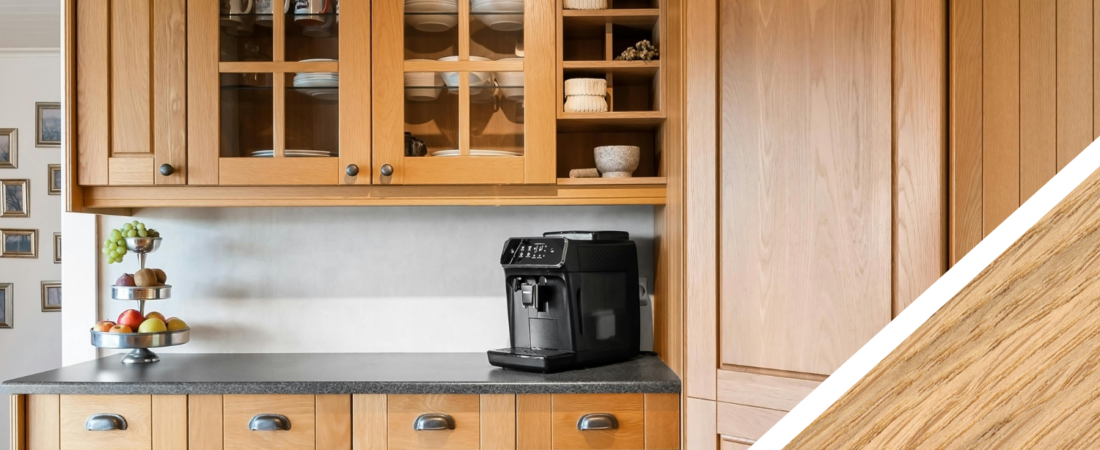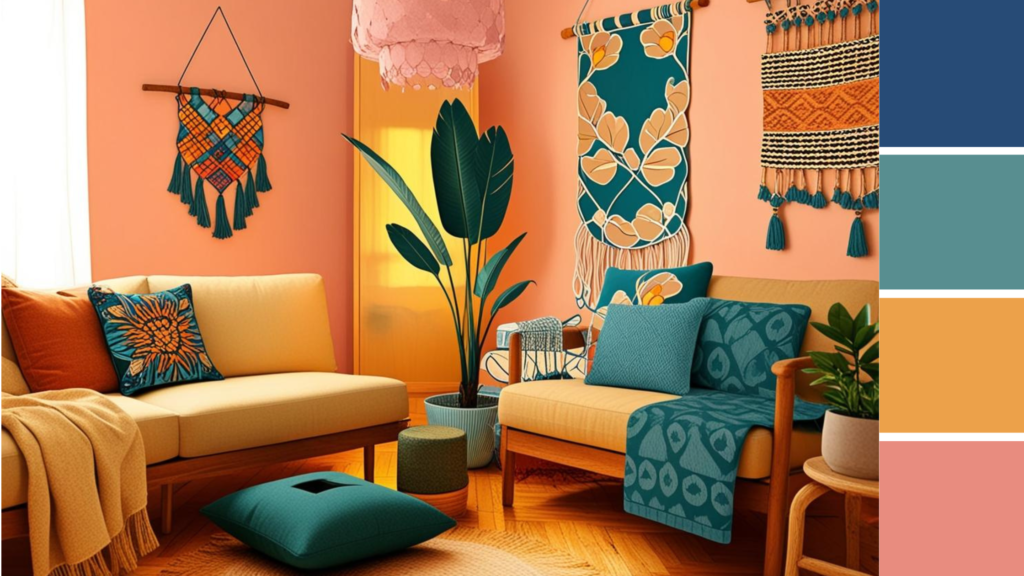Let’s Get to the Root of It!
Why am I writing this?
I’ll be honest—I’m writing this because I’m fascinated by wood. Yes, wood! It’s a material that’s been around forever and, honestly, it’s cooler than people give it credit for. Whether it’s a chunky vintage coffee table or that sleek modern bookshelf, knowing the wood behind the piece makes it feel even more magical. Plus, it’ll help me (and you) start looking at furniture in a whole new light.
Why Learn This Skill? How Can It Help Thrifters and Decorators?
I know, I know—it might sound like a very “I’m an expert and have nothing else to do” skill, but trust me, it’s so much more fun and useful than it sounds! Knowing your woods will totally upgrade your decorating game. Here’s how:
-
Aesthetic Vibes: Every wood has its own signature look—some are light and airy (think Scandinavian style), and others are deep and dramatic (hello, dark gothic vibes!). By learning about wood types, you’ll get better at picking furniture that fits your room’s vibe.
-
Durability for Days: We’re all about long-lasting furniture, right? Some woods are as tough as a superhero, while others might need a little more TLC. Get the lowdown so you can choose furniture that’ll stand the test of time.
-
Price Tags That Make Sense: Knowing your woods also helps you understand price points. Some woods are rare and expensive, while others are easy to find and super budget-friendly. Who doesn’t want to know what they’re getting for their money?
If you love to buy used furniture, having an understanding of the materials that went into it are key to making a high-value purchase.

What to Look For When Inspecting Wood Furniture
Now let’s roll up those sleeves and start looking closely at wood! Here’s what to keep an eye out for when you’re inspecting your furniture.
-
Grain Patterns: This is like wood’s fingerprint! Some woods are straight as an arrow, while others get all twisty and interesting. The grain can tell you a lot about the wood’s personality.
-
Color: Wood isn’t just brown—there’s a whole rainbow of colors out there. You’ve got everything from golden oak to deep, dark walnut. Pay attention to those colors—they’ll tell you which wood you’re dealing with.
-
Texture: Smooth, rough, or somewhere in between? Textures help you figure out what the wood feels like (and what it’ll look like after 10 years of wear and tear).
-
Weight: Heavy? Light? Some woods are like bodybuilders, and others are more like a feather pillow. The weight of the wood can give you some major clues about what you’re working with.
-
Finish: The finish is what protects wood and enhances its beauty. Whether it’s a shiny varnish, matte oil, or a waxed surface, the finish affects how easy the wood is to maintain and how long it’ll stay looking good. A solid finish helps preserve the wood’s appearance, especially over time, by preventing stains, moisture damage, and fading.

Top 5 Most Common Types of Wood Used in Furniture
Alright, let’s get to the good stuff—the wood types you’ll most likely encounter when shopping or thrifting for furniture! Time to get really nerdy and soak in all the woody details:
Oak
Oak is like that dependable friend who always shows up on time with a strong cup of coffee. It’s sturdy, it’s reliable, and it has a lovely grain. Available in red oak (pinkish tones) and white oak (golden hues), it’s a classic choice for dining tables, chairs, and storage pieces.
-
Grain: Oak has a prominent, open grain that is quite noticeable, especially in quartersawn varieties. Its grain pattern can range from straight to irregular, giving each piece a unique look.
-
Texture: It’s generally coarse to medium in texture, which makes it feel solid and substantial to the touch.
-
Weight: Oak is heavy, making it durable and sturdy for long-lasting furniture, but it can also make the piece feel substantial and solid in a room.
Maple
Maple is like the fresh-faced college grad of the wood world—light, smooth, and ready to take on the world. Its fine grain and creamy color make it perfect for modern, minimalist pieces that need to make a quiet but confident statement.
-
Grain: Maple has a fine, consistent grain pattern, often straight, with a subtle, uniform look. It may have some curly or bird’s eye patterns, especially in highly figured varieties.
-
Texture: The texture is smooth and even, which makes it perfect for both polished and matte finishes.
-
Weight: Maple is medium to heavy in weight, offering durability without being as dense as oak. It’s strong enough for high-use furniture but still easy to work with.
Pine
Pine is the laid-back, beachy friend who’s always up for a good time. This softwood is light in color with a straight grain and is the perfect choice for rustic or farmhouse-style furniture. Plus, it’s super affordable—your wallet will thank you.
-
Grain: Pine has a fine, straight grain with visible knots and markings. This gives it a rustic charm, ideal for country or farmhouse styles.
-
Texture: It’s soft and smooth to the touch but can feel a bit rough in areas with heavy knots or imperfections. Pine may also feel slightly resinous.
-
Weight: Pine is relatively light compared to hardwoods, making it easier to move and work with, though it can dent and scratch more easily.
Walnut
Walnut is the sophisticated, mysterious type—the James Bond of wood. Its rich, dark brown color and stunning grain make it the go-to for elegant furniture pieces like luxury desks, headboards, and antique-style pieces. It’s the kind of wood that screams “I’ve got taste.”
-
Grain: Walnut features a beautiful, rich grain with deep waves and patterns that can be straight, wavy, or irregular. The darker, richer tones make the grain stand out more.
-
Texture: The texture is smooth and silky, with a slightly finer feel compared to oak, which gives it an elegant, luxurious touch.
-
Weight: Walnut is a heavy wood, lending to its premium feel and stability in furniture. It’s durable enough to last for generations.
Cherry
Cherry wood is the gorgeous friend who looks even better as time goes on. Known for its smooth texture and reddish-brown color, cherry wood darkens and deepens over time, giving it a beautiful, timeless patina. It’s often used in high-end furniture and is perfect for creating classic, elegant looks.
-
Grain: Cherry wood has a fine, straight grain with occasional swirls. Over time, it darkens to a rich reddish-brown color, which deepens as the wood ages.
-
Texture: Cherry has a smooth texture, which polishes beautifully over time, adding to its elegant appeal.
-
Weight: It’s a medium-density wood, balancing strength with workability. Cherry is heavy enough for sturdy furniture but not as dense as oak or walnut.
And there’s so much more to learn!
Okay, okay, so you’ve learned the basics. But trust me, there’s so much more to explore about wood! We’re talking finishes, treatment processes, rare woods, and more. This guide is just the tip of the lumber iceberg. So stick around, keep exploring, and I’ll take you even deeper into the wonderful world of wood furniture in future posts. Does this help you as a smart shopper and daring designer? Let me know!











Leave a Reply to TestUser Cancel reply